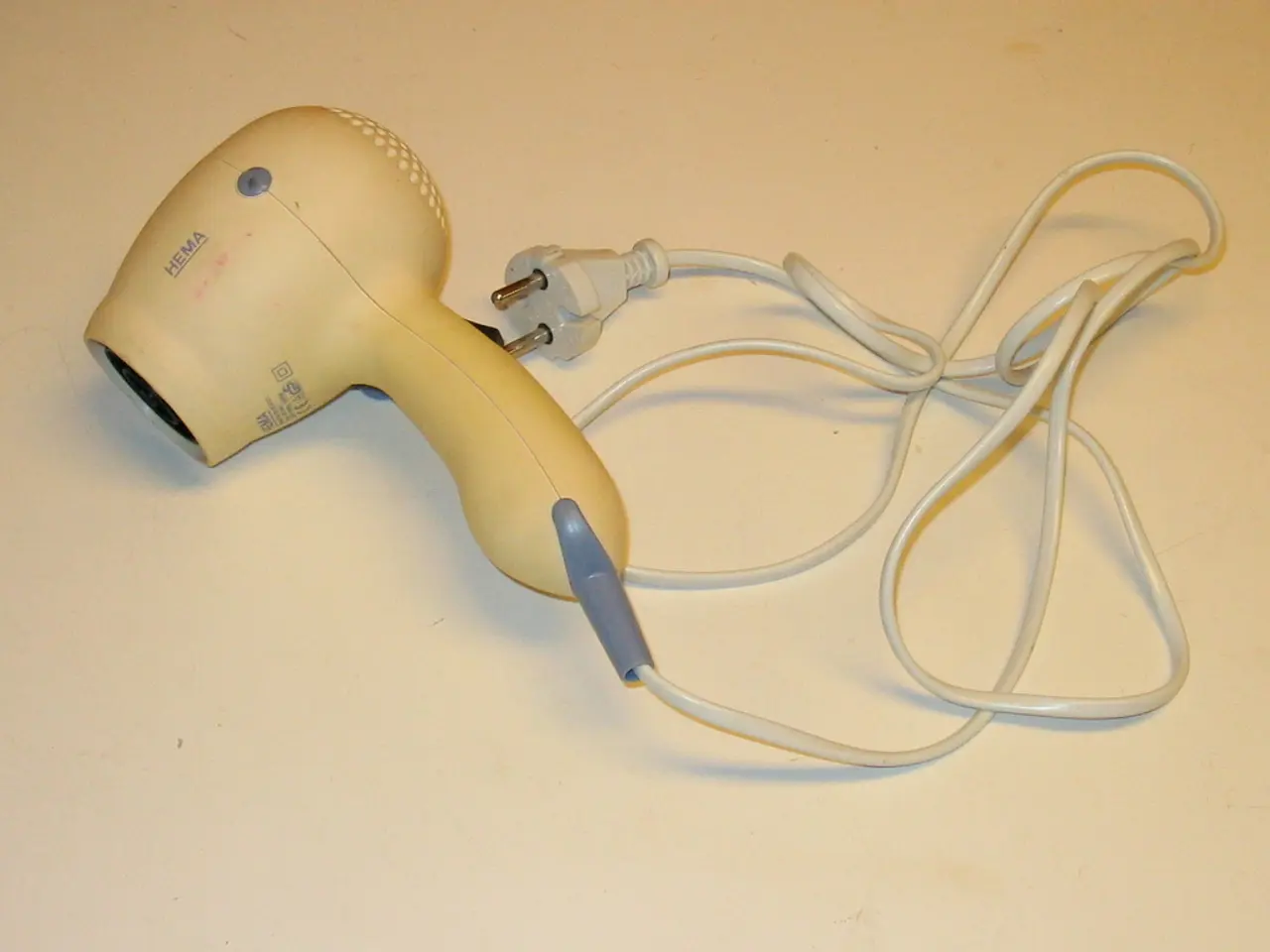Upgrading your Bambu Lab 3D printer with the SUNLU AMS is a necessity for owners
The 3D printing industry is currently debating the necessity of drying out spools of filament before printing, with many advocating for its benefits in achieving better print quality. SUNLU, a well-known brand in the 3D printing community, has launched a new AMS Heater upgrade for Bambu Lab 3D printers with AMS units, offering an affordable solution for filament drying.
SUNLU AMS Heater Upgrade for Bambu Lab 3D Printers
The SUNLU AMS Heater upgrade is now available for preorder, with shipping expected in October and November. This affordable upgrade offers several benefits, including humidity control, automatic activation when humidity exceeds 50%, and the ability to dry all four spools of filament at once.
The AMS Heater upgrade is easy to install, involving a 4-screw process, and is currently available at an early bird price of $109.99 / £99.99. Once officially rolled out, the price will usually be around $119.99 / £109.99.
The SUNLU AMS Heater upgrade heats up to a maximum temperature of 70 degrees Celsius and arrives with a dark sticky wrap that may need to be removed for a better appearance. It also features an air vent at the top that can be opened or closed, an intuitive interface for controlling temperature presets and set volume, and real-time temperature monitoring.
Affordable Filament Dryer Alternatives for Non-Bambu Lab 3D Printer Owners
For those who don't own Bambu Lab 3D printers, there are other affordable filament dryer alternatives available. Notably, the SUNLU FilaDryer S2 and SP2 models are beginner-friendly and budget-conscious options. The S2 costs around $45 and features simple touchscreen controls and adequate drying up to 70°C, suitable for PLA, PETG, TPU, and other common filaments. The SP2 model, priced around $90–100, doubles as a dryer and storage solution but is less suited for high-temp filaments.
The Creality Space Pi filament dryer is another compact and affordable option for filament drying needs. The Polymaker PolyBox is credible for drying and storing filament, using silica gel desiccant to maintain low humidity, which is especially good for multiple filament types.
For DIY or minimal setups, the cheapest eSun filament dryer is favored in some community discussions for its active fan and adjustable temperature settings suitable for materials like PLA.
Choosing a Filament Dryer on a Budget
When choosing a filament dryer on a budget, look for features such as temperature control (typically up to ~70°C for PLA and similar materials), a compact or wall-mountable design, ease of use with presets or simple controls, and the capability to hold at least one spool (often up to 1kg spools). High-end features such as very high temperature drying (above 100°C) or annealing are not necessary for most common filaments and add to cost.
In summary, the SUNLU S2 or SP2, the Creality Space Pi, and the Polymaker PolyBox stand out as affordable, reliable filament dryer alternatives suitable for users who don't own Bambu Lab printers and want to improve print quality with filament moisture control. Working with damp filament can result in poor print quality, making filament dryers an essential tool for maintaining high-quality prints.
- The SUNLU AMS Heater upgrade offers humidity control and automatic activation, making it beneficial for 3D printing enthusiasts seeking better print quality.
- The AMS Heater upgrade can dry all four spools of filament at once, and it is easy to install with a 4-screw process.
- Affordable filament dryer alternatives for non-Bambu Lab 3D printer owners include the SUNLU FilaDryer S2 and SP2 models, the Creality Space Pi filament dryer, and the Polymaker PolyBox.
- When choosing a filament dryer on a budget, consider features such as temperature control, ease of use, compact design, and the capability to hold at least one spool of filament.
- Maintaining high-quality prints is essential, and filament dryers, such as the SUNLU S2 or SP2, the Creality Space Pi, and the Polymaker PolyBox, can help control filament moisture to achieve this.



